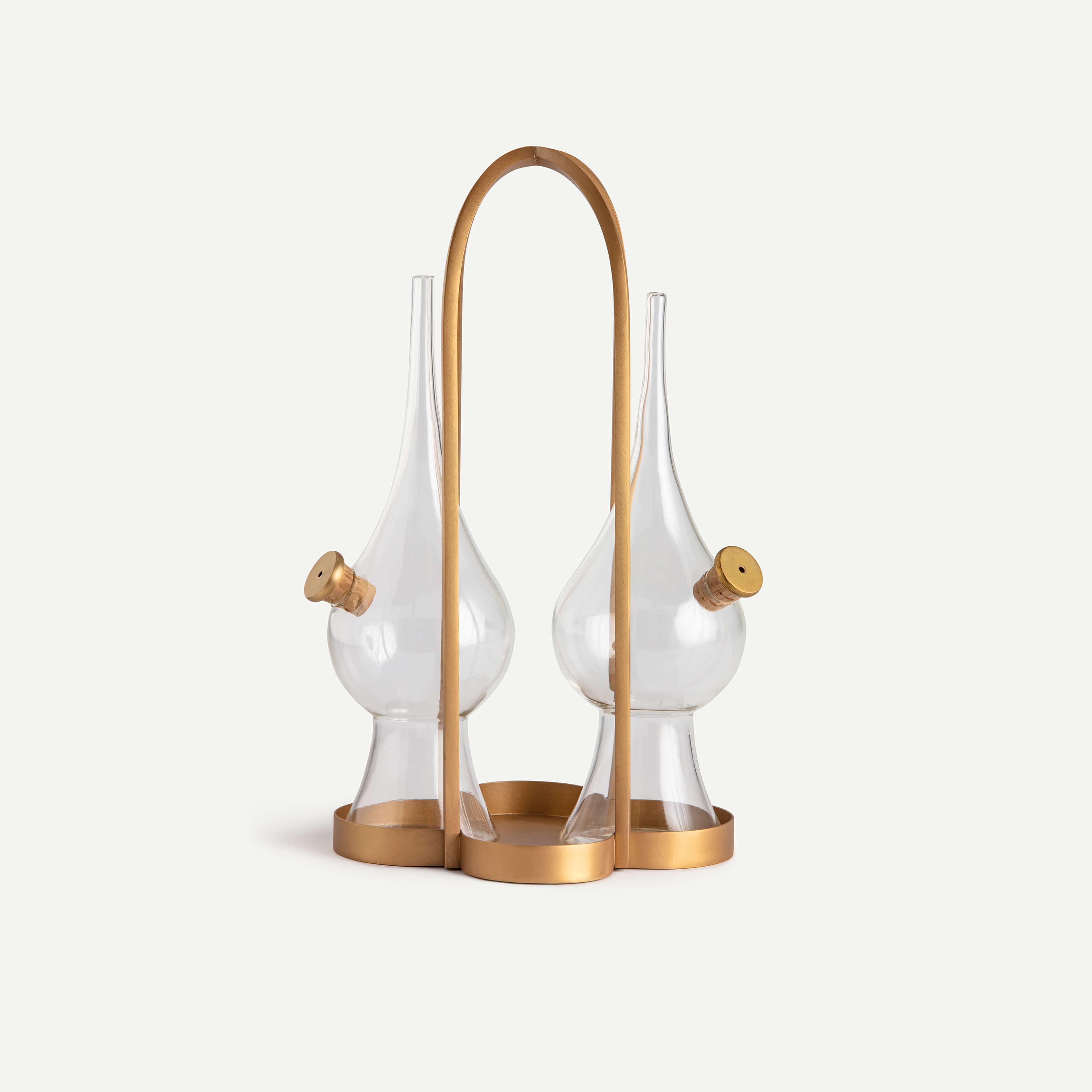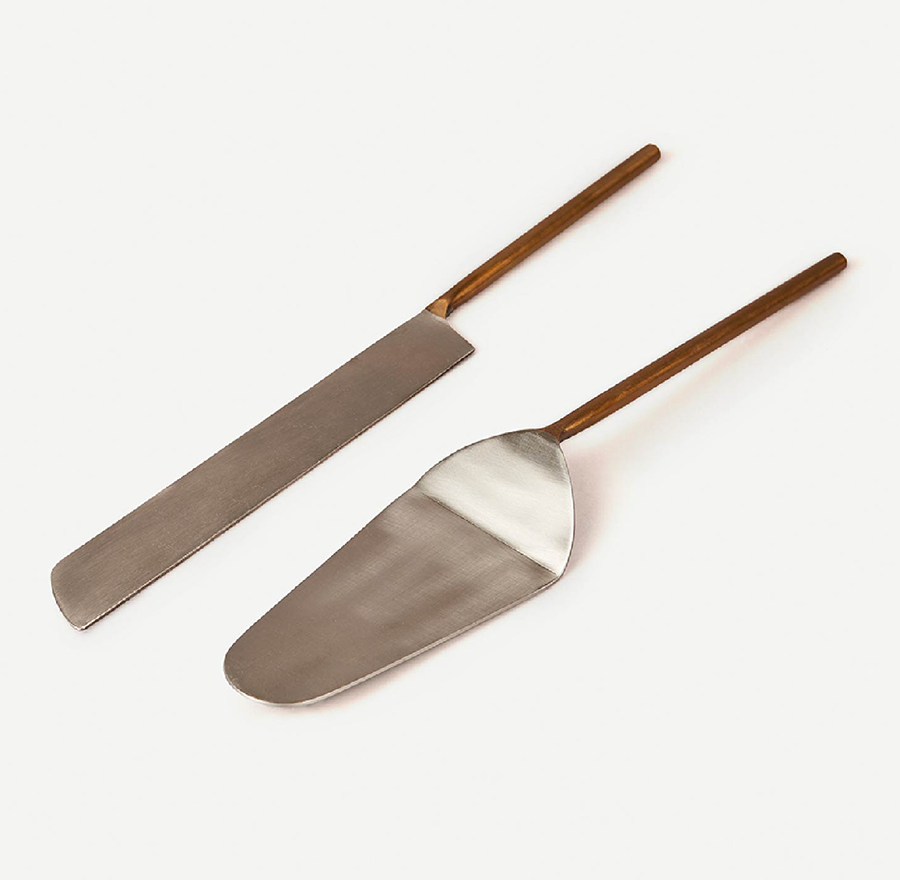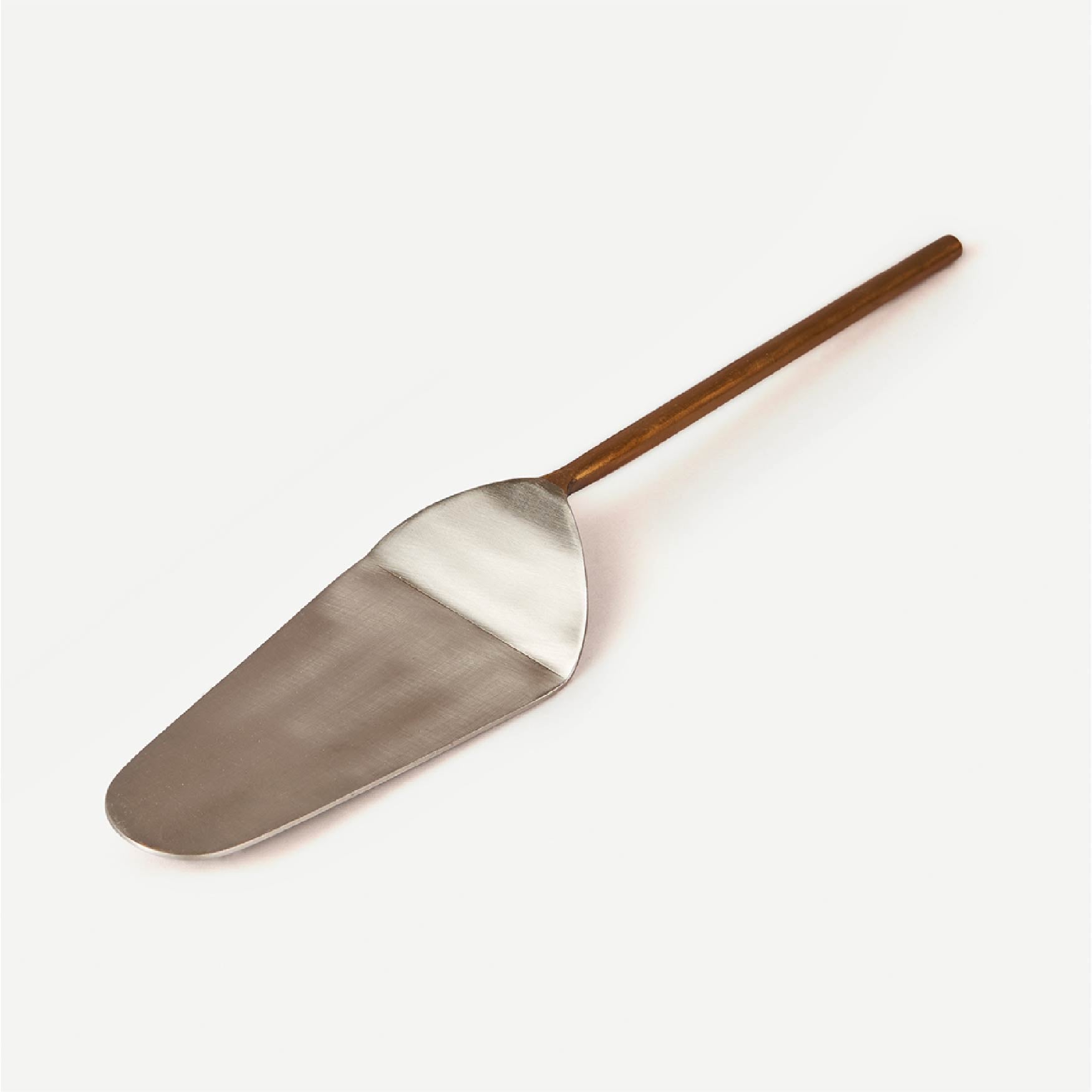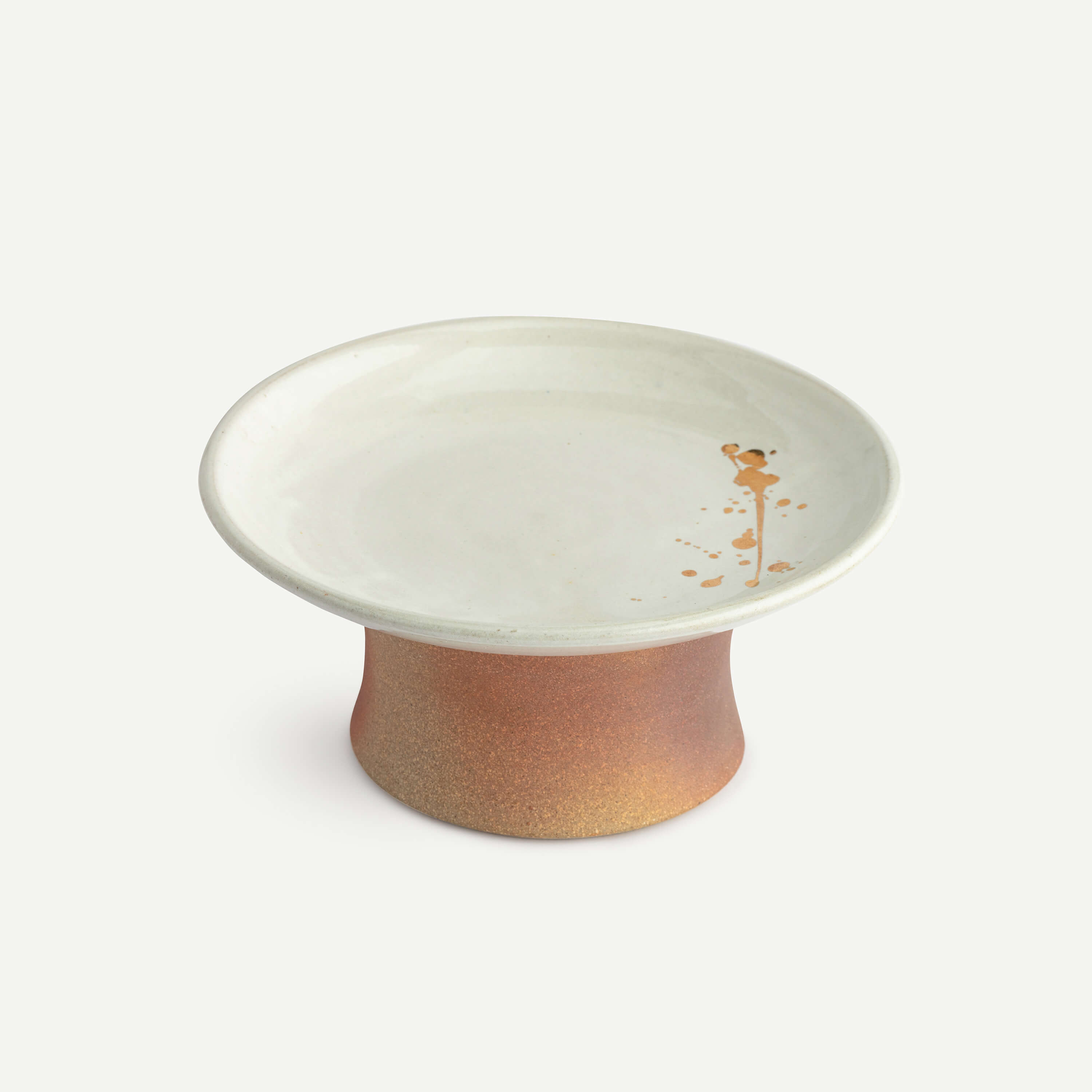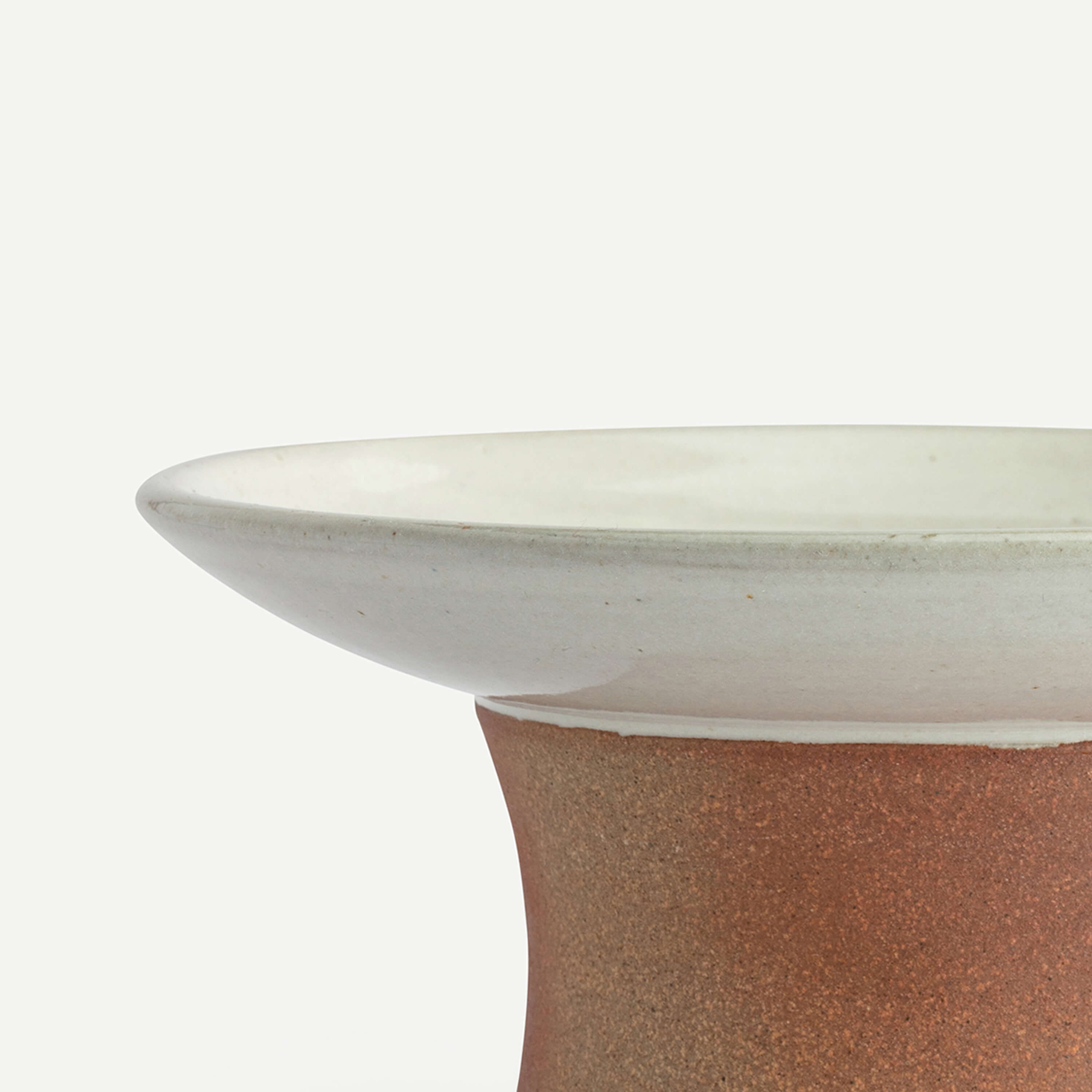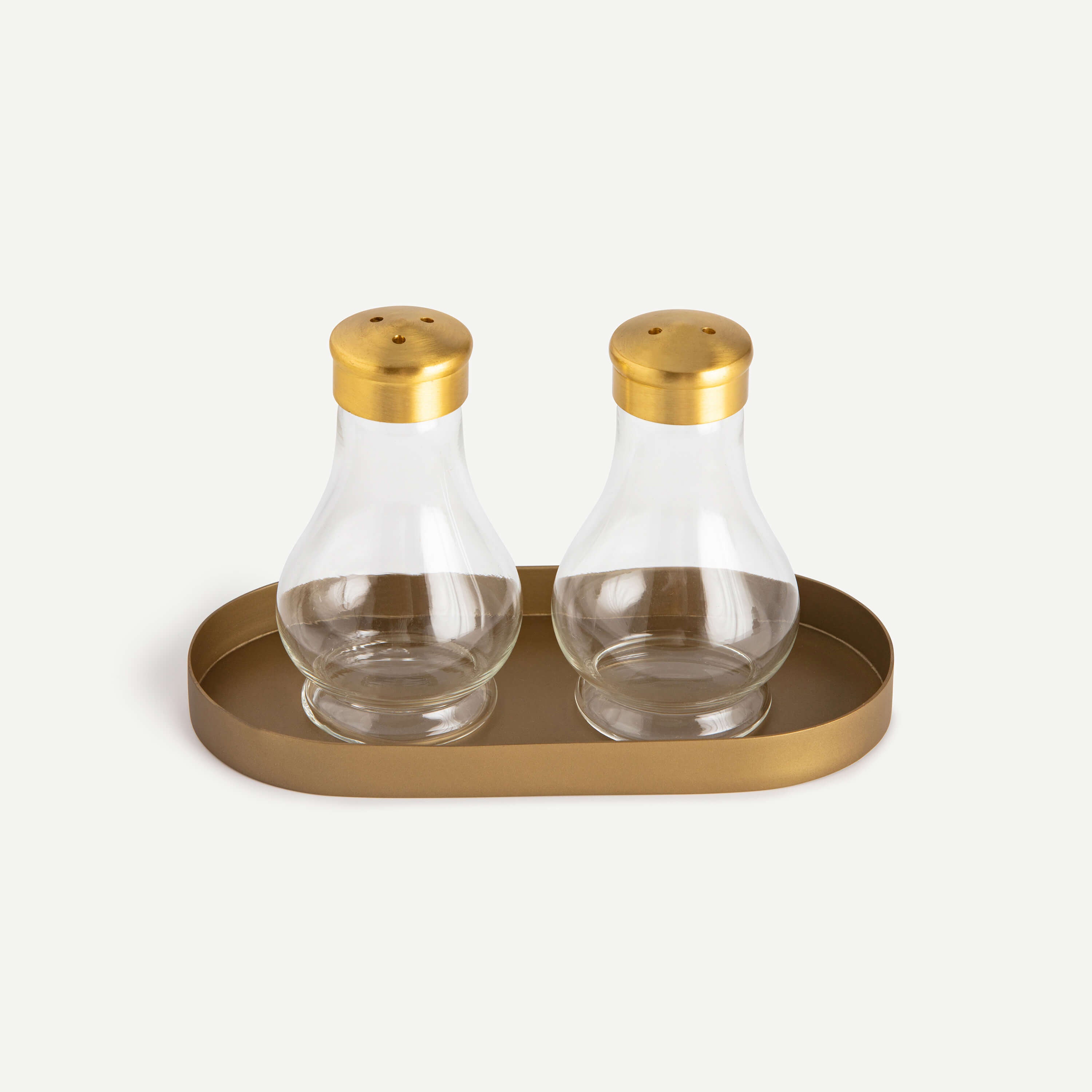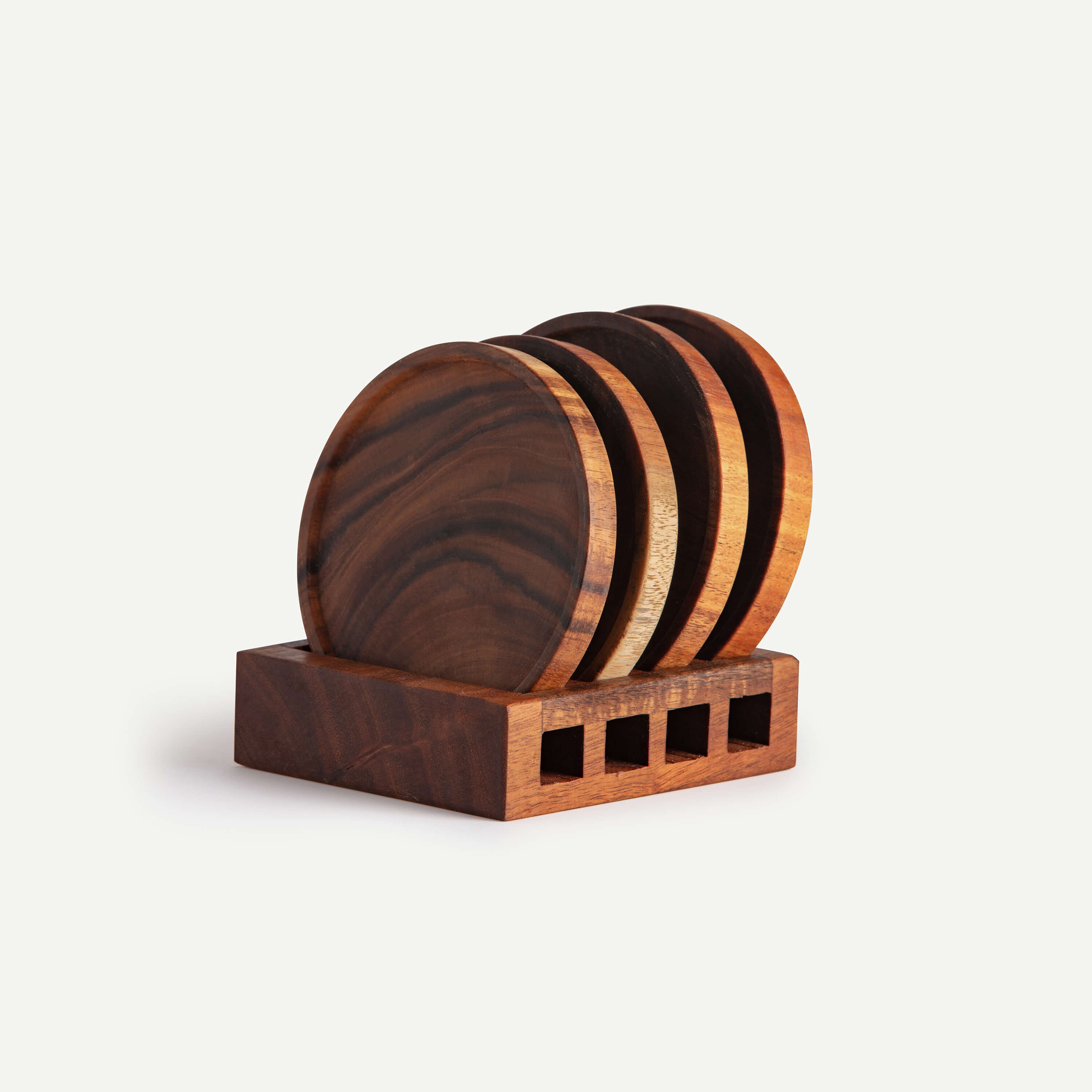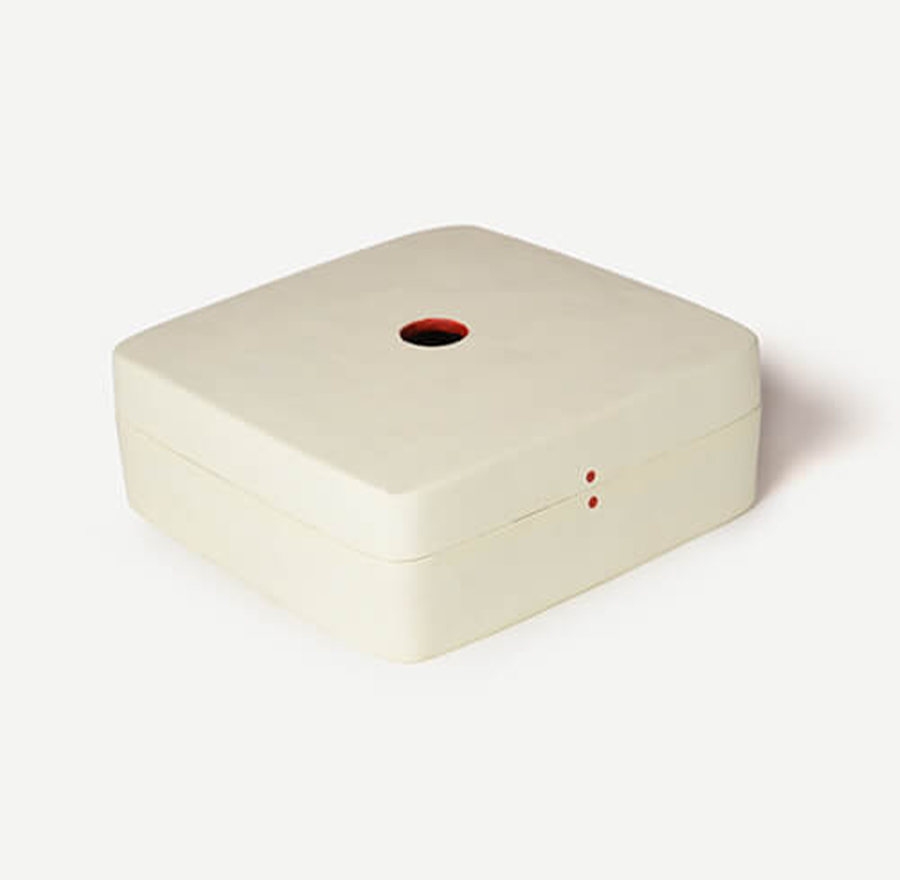REJIO VOTIVE HOLDER
A votive votive holder for a bit of warmth to your tablescape
A votive votive holder for a bit of warmth to your tablescape
Craft Type: Kutch Clay Pottery
There is a variety of clay available in the terrain of Kutch, which is both dry and marshy in some parts. The traditional potters have evolved their own methods of selection and procurement depending on the region and quality of the clay available to them.
Next is the process of Throwing, which looks like a mechanical production of identical objects. The potters never use any kind of measuring tools or rulers while production. They throw a pile of clay on wheel and keep making uniform masses in one go. The “unknown sense” brings the preciseness and uniformity while making.
Tapping or Ghadai is the most important skill in the potters of Kachchh. There were distinct shapes and forms achieved in this stage of tapping, which evolved uniquely in context of its usage by various communities. Products were designed and engineered keeping their specific functions in mind.
Made in: Gujrat
Material: Earthenware
Dimensions (cm): 9.1(L) x 9.1(B) x 8.3(H); Dia: 9.1
Dimensions (inches): 3.5(L) x 3.5(B) x 3.2(H); Dia: 3.5
Capacity: 130 ml
Weight: 285 grams
No. of pieces in a set: 1, One Votive holder
- The clay is first refined to remove the dust particles and other impurities.
- Then it's mounted at the centre of the potter's wheel for our craftsman to shape it.
- Once the shape is ready, it is dried under the sun for 2-3 days.
- It is then fired in a traditional bhatti, an open furnace, powered by local fuel such as dry coconut leaves or small wooden pieces.
DO:
- Clean your vessels immediately after you use them.
- Soak a soft sponge in tepid water, apply mild detergent and gently rub your vessel clean.
- Give your vessels enough time to dry, this helps to retain their natural finish.
- Be careful while using, since all tableware is susceptible to abrasion from repeated handling.
- Make sure to put a cushion of tissue/cloth between each product while stacking.
- These vessels are microwave safe, so you can heat conveniently yet eat traditionally.
DON'T:
- Stack the vessels in the sink to wash them all at once.
- Use a harsh stainless steel/metal scrubber to clean.
- Put your vessels in a dishwasher to rinse or clean.
- Store food in the vessel overnight or for a long time.
- Description
- Process & Craft
- Care
Craft Type: Kutch Clay Pottery
There is a variety of clay available in the terrain of Kutch, which is both dry and marshy in some parts. The traditional potters have evolved their own methods of selection and procurement depending on the region and quality of the clay available to them.
Next is the process of Throwing, which looks like a mechanical production of identical objects. The potters never use any kind of measuring tools or rulers while production. They throw a pile of clay on wheel and keep making uniform masses in one go. The “unknown sense” brings the preciseness and uniformity while making.
Tapping or Ghadai is the most important skill in the potters of Kachchh. There were distinct shapes and forms achieved in this stage of tapping, which evolved uniquely in context of its usage by various communities. Products were designed and engineered keeping their specific functions in mind.
Made in: Gujrat
Material: Earthenware
Dimensions (cm): 9.1(L) x 9.1(B) x 8.3(H); Dia: 9.1
Dimensions (inches): 3.5(L) x 3.5(B) x 3.2(H); Dia: 3.5
Capacity: 130 ml
Weight: 285 grams
No. of pieces in a set: 1, One Votive holder
- The clay is first refined to remove the dust particles and other impurities.
- Then it's mounted at the centre of the potter's wheel for our craftsman to shape it.
- Once the shape is ready, it is dried under the sun for 2-3 days.
- It is then fired in a traditional bhatti, an open furnace, powered by local fuel such as dry coconut leaves or small wooden pieces.
DO:
- Clean your vessels immediately after you use them.
- Soak a soft sponge in tepid water, apply mild detergent and gently rub your vessel clean.
- Give your vessels enough time to dry, this helps to retain their natural finish.
- Be careful while using, since all tableware is susceptible to abrasion from repeated handling.
- Make sure to put a cushion of tissue/cloth between each product while stacking.
- These vessels are microwave safe, so you can heat conveniently yet eat traditionally.
DON'T:
- Stack the vessels in the sink to wash them all at once.
- Use a harsh stainless steel/metal scrubber to clean.
- Put your vessels in a dishwasher to rinse or clean.
- Store food in the vessel overnight or for a long time.












